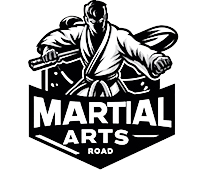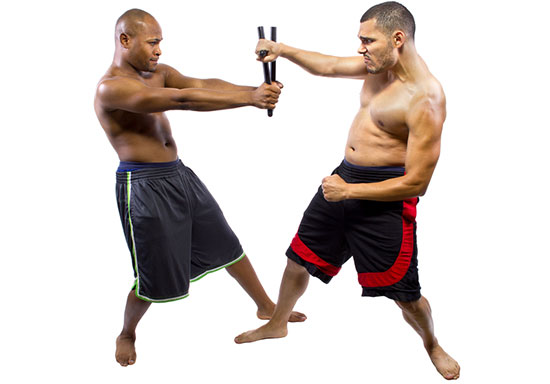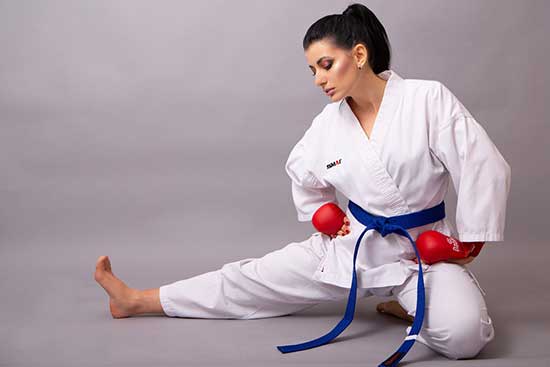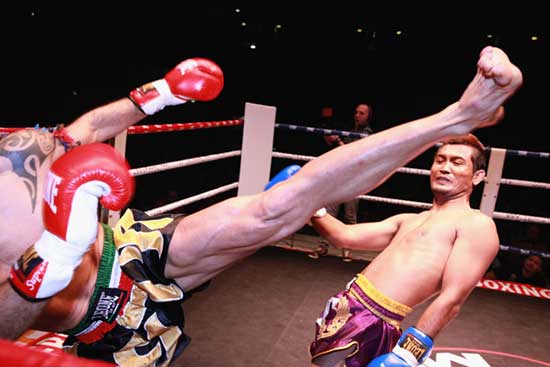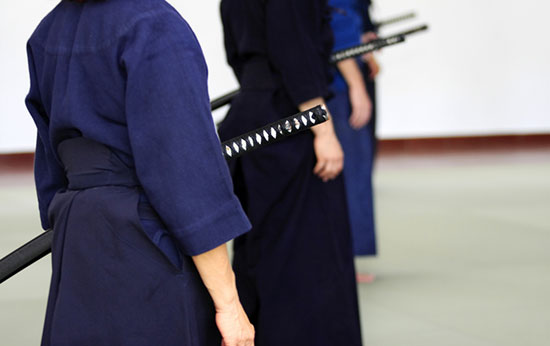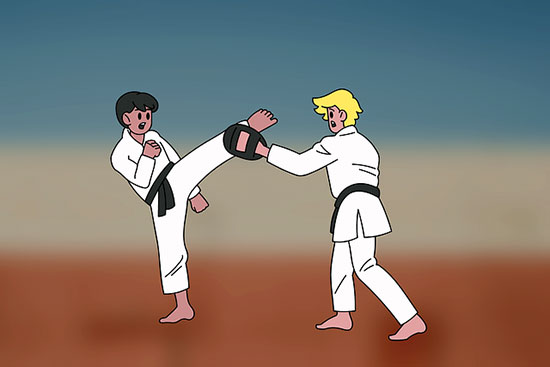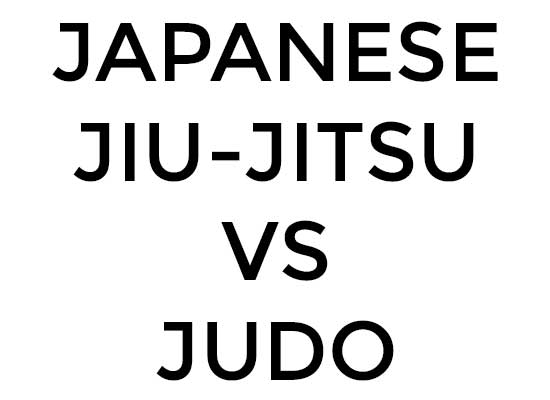Katana is a combat-based martial art that was popularized in feudal Japan. The fighting styles are named after the katana, a Japanese sword.
They include many variations of swordsmanship and may include the use of other weapons. There are many different katana fighting styles, varying according to country, evolutionary stage, and commonality.
Some of these are iaido, kenjutsu, iaijutsu, battojutsu (kendo), and iai-jitsu. There is no singular standard for what constitutes a “katana style.”
In modern times, there are two main katana fighting styles that are practiced: Iaido, a martial art that preserves the weapon-based combative elements of kenjutsu, and Kendo, a sport-oriented activity that has preserved the more artistic elements of swordsmanship.
Contents
What is Katana?
An authentic Japanese sword or “katana” is a curved, single-edged, medium-length sword of the Edo period.
These swords had a blade length of around 80–88 cm (31 in). The katana is characterized by a slim, curved blade with an acute tang, and flat or hollow ground faces.
The name “katana” means “big sword.” It is not certain why it was given this name. Some say that its shape is similar to a grass-cutting scythe “nata.”
Others say that the curved blade resembled an eyebrow.
The katana has developed from the tachi, another variety of single-edged sword which has a wider and slower blade.
The Tachi originated in the late Heian period, and its body shape was changed to the one of katana in the early Kamakura period (1185–1333).
The blade katana is made from special steel. Historically, it is undated, but it is said that the sword of Taira Masakado is one of the oldest katana in Japan.
What martial arts constitute Katana fighting Styles
1. Kenjutsu
The word “kenjutsu” is frequently used as a general catch-all phrase for any form of swordsmanship. It is the Japanese art of using katana to injure, disarm, or kill an opponent in combat.
Kenjutsu has been passed down through the generations of the samurai class since medieval times.
It is the art of drawing a sword from its sheath using only hand techniques, without using a sword holder or any tools.
Some experts use other tools like the shakujo (sword holder) and tsuba (guard). One of the most common features of kenjutsu is the use of the point or tip of the sword.
The aim is to manipulate and counterbalance one’s enemy using the sword tip and power.
2. Iaido
Iaido is a Japanese martial art that takes its name from the word “Ia,” – meaning “sword” in Japanese.
It uses a sword, and the sword is part of the execution of techniques. The focus is on the mind and body, and training is done with wooden swords in a very controlled and regulated manner.
The purpose of Iaido is to cultivate mental discipline through physical training, for it covers all aspects of self-defense, including striking, non-contact blocking, distance control, thrusts, parries, and cuts.
3. Kendo
Kendo is a Japanese martial art that means “the way of the sword.” It uses a sword to cut or deflect other weapons or to attack and incapacitate an attacker.
It is played by two people, called kendoka, using bokken (wooden swords) and wearing armor (“bogu”) to protect their heads, hands, and body.
The objective is to score points by striking the opponent with the sword. Kendo was first developed from swordsmanship but has evolved into a sport in which two teams face each other, and combat is done with bamboo swords (shinai).
Kendo is a prearranged, competitive event that is practiced by men, women, and children in competitions.
4. Battojutsu and Battodo
The word “battōjutsu” is often used as a catch-all phrase for any form of striking, including Battodo. It is the Japanese art of delivering thrusting or cutting strikes to or with the sword.
The two techniques are adapted from iaijutsu and kenjutsu and were used by Samurai, although they also saw use in Feudal times by foot soldiers.
Battodo is practiced today by Kenjutsu practitioners who seek to include additional striking techniques.
5. Iaijutsu
Iaijutsu is the art that draws on iaijutsu and kenjutsu, as well as some elements of juttejutsu, battojutsu and suihei-battojutsu.
It is a defensive/offensive martial art developed and commonly used by the Samurai. Its main purpose is to draw the sword to use with other weapons in combat.
The movement of drawing the sword (torso turning, hips moving, body movement) is used in combination with other offensive movements.
An example would be when a samurai fights a group of enemies, and he draws his sword to use in conjunction with his spear or another weapon.
Iaijutsu is a vital technique for those who wish to achieve any form of mastery in the handling of their weapons.
How to Properly Use a Katana Sword
Learning the proper way to hold your katana and how to use it is necessary. There are two main common ways to hold the sword.
- The first method is with both hands on the hilt or handle of the sword. This allows for greater control and maneuverability of the sword depending on its weight and balance, as well as giving forth more power due to putting more effort into a single attack or a series of attacks.
- The second method is with one hand on the hilt or handle of the sword while the other keeps it at a comfortable distance away in a fighting position. Now, when you draw your sword through parries and dodges, your body can position itself accordingly, depending on how close or far you are from your opponent. If you’re close to them, this allows for more power in your attack. But if you’re farther away, it is sometimes easier to control and keep them at bay with minimal effort.
Conclusion
Katana is one of a kind sword. The country’s best warriors have used it. It is the symbol of the Samurai spirit.
Today, katana swords are no longer in service, but many people are still interested in and fascinated by this beautiful masterpiece.
This interest and love for the katana have resulted in its wide range of use as a collector item.
